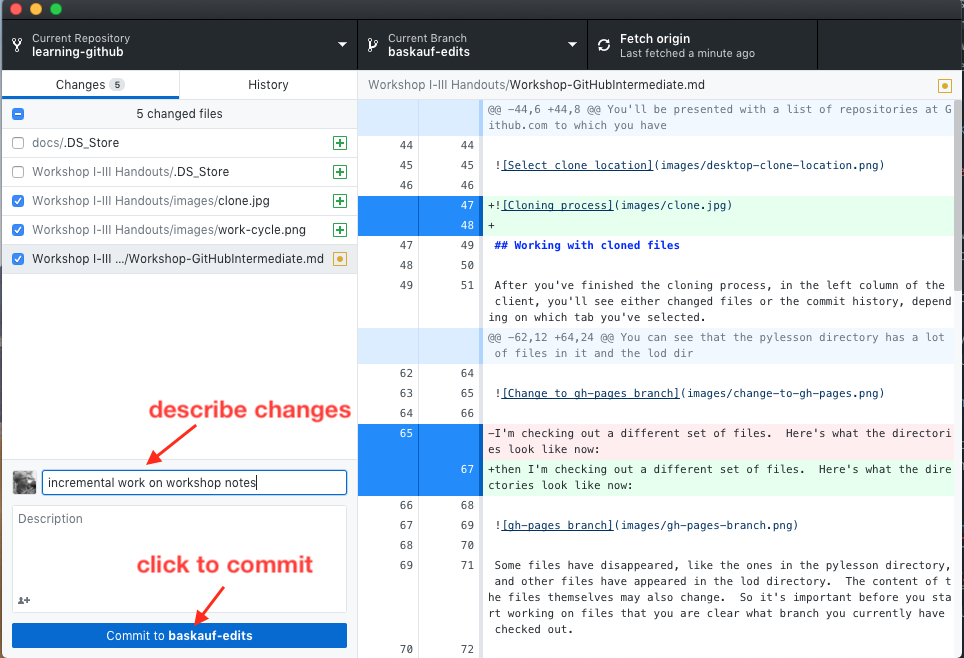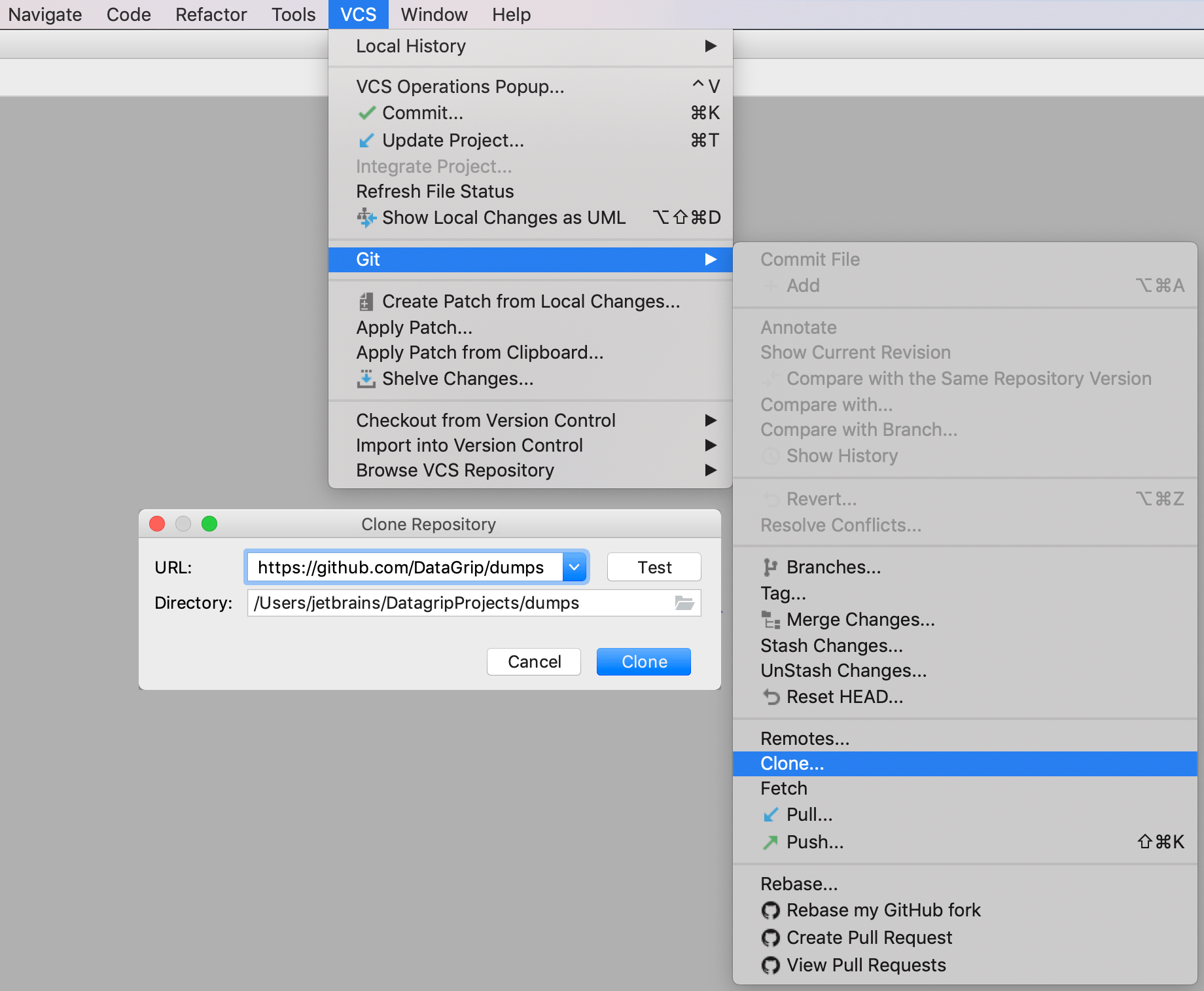

#GITHUB CLONE REPOSITORY TO DESKTOP UPDATE#
$ git clone > Cloning into `Spoon-Knife`. As you (most likely) do not have the right to edit, manage and update Karttur´s GitHub repositories and it’s GeoImagine Framework packages, you can not make use of Eclipse ability to stage, commit and push changes. Type git clone, and then paste the URL you copied earlier. Īlternatively, to clone your repository in Desktop, click Set up in Desktop and follow the prompts to complete the clone.Ĭhange the current working directory to the location where you want the cloned directory.

To clone the repository using an SSH key, including a certificate issued by your organization's SSH certificate authority, click SSH, then click. To clone your repository using the command line using HTTPS, under "Quick setup", click. It's often made if you don't initialize the repository with a README when creating it. To clone and open the repository with GitHub Desktop, click Open with GitHub Desktop.įollow the prompts in GitHub Desktop to complete the clone.įor more information, see " Cloning a repository from GitHub to GitHub Desktop." Cloning an empty repositoryĪn empty repository contains no files.
#GITHUB CLONE REPOSITORY TO DESKTOP SOFTWARE#
The software is available for Windows, Mac, and Linux operating systems. In the File menu, click Clone Repository.On, navigate to the main page of the repository. A5: In order to clone a repository from GitHub, you need to have the git desktop software installed on your computer. For more information, see " Cloning a repository from GitHub to GitHub Desktop". You can also clone a repository directly from GitHub or GitHub Enterprise. For more information, see " Managing fork behavior".

Any existing forks default to contributing changes to their upstream repositories. You can choose to use your fork to contribute to the original upstream repository or to work independently on your own project. When you try to use GitHub Desktop to clone a repository that you do not have write access to, GitHub Desktop will prompt you to create a fork automatically. For more information, see " About forks." You can create a pull request to propose that maintainers incorporate the changes in your fork into the original upstream repository. To make changes without affecting the original project, you can create a separate copy by forking the repository. When you clone a repository, any changes you push to GitHub Enterprise Cloud will affect the original repository. For more information, see " Syncing your branch in GitHub Desktop."

You can create a local copy of any repository on GitHub Enterprise Cloud that you have access to by cloning the repository. You can clone or fork a repository with GitHub Desktop to create a local repository on your computer. Repositories on GitHub are remote repositories.


 0 kommentar(er)
0 kommentar(er)
